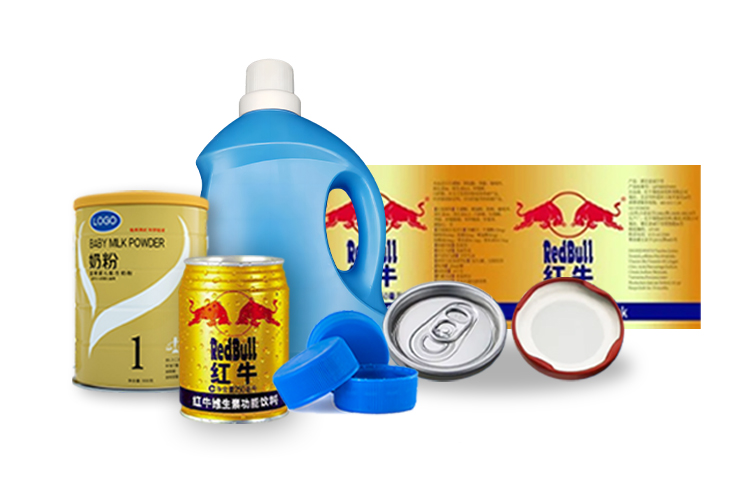The working principle of visual inspection machine
2024/06/12
The working principle of Visual Inspection Machine mainly involves non-contact and automatic detection of product appearance, and realizes the identification and judgment of product surface defects, defects or unqualified items through high-precision image acquisition, processing and analysis technology. The following is a detailed description of the working principle of the visual inspection machine:
1. Image acquisition
Light source system: Visual inspection machines usually use a variety of light sources (such as LED, halogen lamps, etc.) and light source control systems to ensure that under different detection conditions, the product surface can obtain clear and uniform lighting. The intensity and Angle of the light source can be adjusted to adapt to different product characteristics and detection needs.
Imaging system: The product is photographed or recorded by a high-precision camera (such as CCD, CMOS camera) to obtain the image information of the product surface. Cameras usually have features such as high resolution and high sensitivity to ensure image quality.
2.Image processing
Image preprocessing: Pre-processing operations such as denoising and enhancing the acquired images are carried out to improve image quality and facilitate subsequent processing and analysis.
Feature extraction: The use of image processing algorithms (such as edge detection, corner detection, etc.) to extract product surface feature information, such as shape, size, color, texture, etc. These characteristic information will be used as the basis for subsequent identification and judgment.
3. Defect identification and judgment
Defect detection algorithm: According to the preset defect standards and algorithms, the extracted feature information is compared and analyzed to identify the defects, defects or unqualified items on the surface of the product. Common defect detection algorithms include template matching, machine learning, deep learning, etc.
Judgment and classification: the identified defects are further judged and classified to determine whether they are nonconforming items and the degree of nonconformity. At the same time, the test results are fed back to the control system for subsequent processing.
4. Automatic control and feedback
Automatic control: Visual inspection machine is usually combined with automated production lines, through the control system to achieve automatic feeding, testing, blanking and other processes. During the testing process, the control system will adjust the production line status in real time according to the test results to ensure that the unqualified products can be removed in time.
Data recording and tracing: The visual inspection machine usually records the data and results of each inspection, and supports data export and tracing functions. This helps enterprises to carry out product quality management and improvement.
5. Specific application examples
Taking the medicine bottle inspection machine as an example, its working principle usually includes the following steps:
Product feeding: The medicine bottle enters the inspection area orderly through the feeding system (such as spiral track, turntable, etc.).
Image acquisition and processing: the camera takes pictures of the medicine bottle, obtains its surface image information, and carries out pre-processing and feature extraction.
Defect identification and judgment: According to the preset defect standards and algorithms, the surface defects of the medicine bottle are identified and judged. For example, it can detect scratches, stains, cracks and other defects on the surface of medicine bottles.
Automatic control and feedback: The test results are fed back to the control system, and the unqualified bottles will be automatically removed from the production line. At the same time, the test data is recorded for subsequent analysis and retrospective use.
In summary, the visual inspection machine realizes the automatic detection of product appearance through high-precision image acquisition, processing and analysis technology, and improves production efficiency and product quality.







